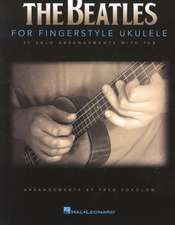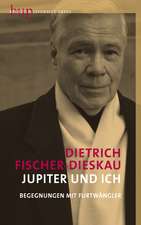Vincenzo Bellini and the Aesthetics of Early Nineteenth-Century Italian Opera: Routledge Library Editions: Art and Culture in the Nineteenth Century
Autor Simon Maguireen Limba Engleză Paperback – iun 2020
| Toate formatele și edițiile | Preț | Express |
|---|---|---|
| Paperback (1) | 315.95 lei 6-8 săpt. | |
| Taylor & Francis – iun 2020 | 315.95 lei 6-8 săpt. | |
| Hardback (1) | 891.36 lei 6-8 săpt. | |
| Taylor & Francis – 28 noi 2018 | 891.36 lei 6-8 săpt. |
Preț: 315.95 lei
Nou
Puncte Express: 474
Preț estimativ în valută:
60.48€ • 65.71$ • 50.83£
60.48€ • 65.71$ • 50.83£
Carte tipărită la comandă
Livrare economică 21 aprilie-05 mai
Preluare comenzi: 021 569.72.76
Specificații
ISBN-13: 9781138366015
ISBN-10: 1138366013
Pagini: 236
Dimensiuni: 138 x 216 x 13 mm
Greutate: 0.28 kg
Ediția:1
Editura: Taylor & Francis
Colecția Routledge
Seria Routledge Library Editions: Art and Culture in the Nineteenth Century
Locul publicării:Oxford, United Kingdom
ISBN-10: 1138366013
Pagini: 236
Dimensiuni: 138 x 216 x 13 mm
Greutate: 0.28 kg
Ediția:1
Editura: Taylor & Francis
Colecția Routledge
Seria Routledge Library Editions: Art and Culture in the Nineteenth Century
Locul publicării:Oxford, United Kingdom
Public țintă
General, Postgraduate, and UndergraduateCuprins
1. Introduction 2. The Aesthetic Roots of Italian Opera in the Early Nineteenth Century 3. The Role of the Singer on the Stage 4. Poetry and Drama in the Libretto 5. The Constitution of the Orchestra and its Place in the Melodramma 6. The Heritage of the Bel Canto; Bibliography; Index
Descriere
First published in 1989. This study explores Italian attitudes to opera while Vincenzo Bellini was studying and composing. It draws mainly on Italian critical and aesthetic writing dating from the end of an era that was still dominated by the Italian bel canto.






















